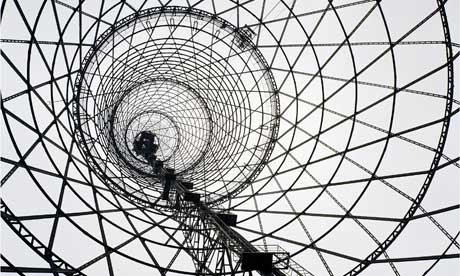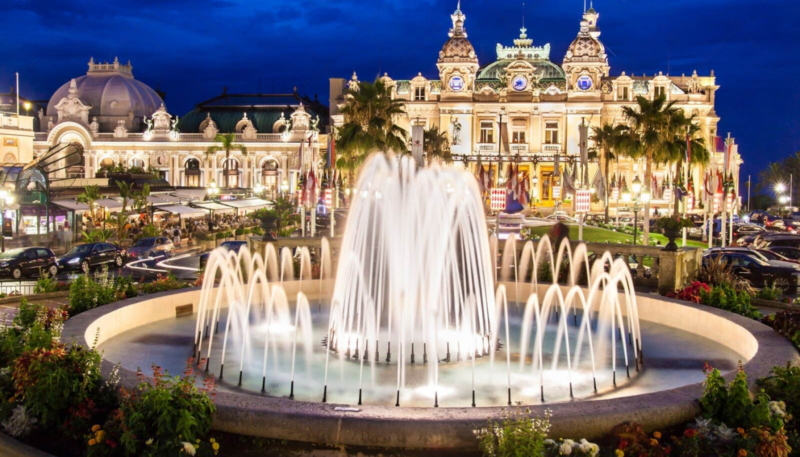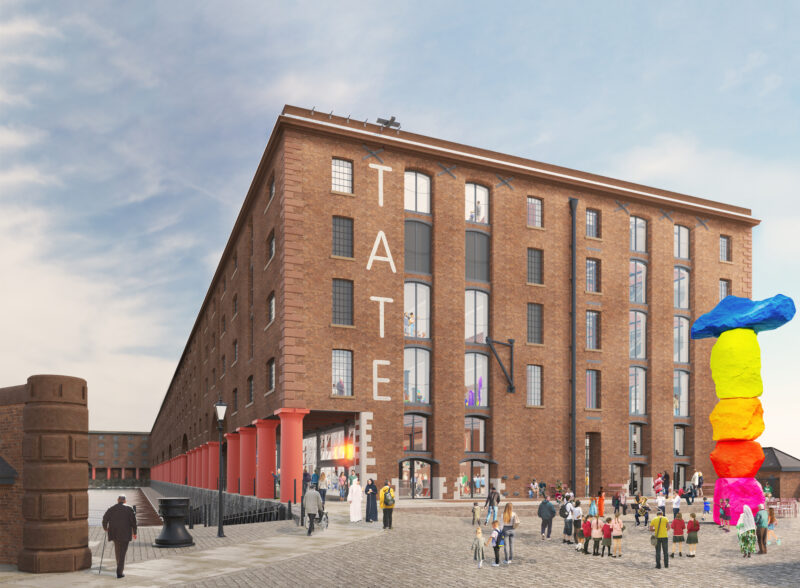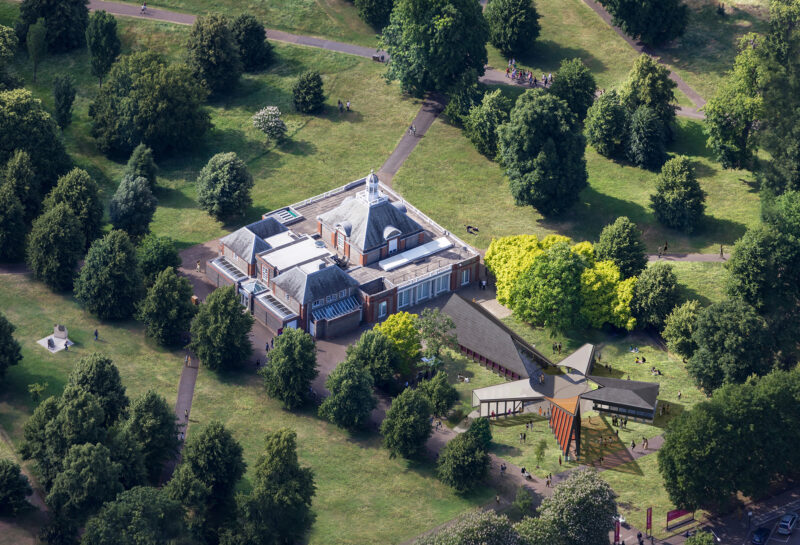
Moscow’s still-functioning 1922 Shabolovka radio tower. Photograph: Richard Pare
In the courtyard of the Royal Academy stands a spiral tower, dynamic and asymmetric, telescoping out of itself like a cannon in the moment before recoil, with a diagonal line thrusting from top to bottom. Close inspection reveals tiny human figures added to give it scale: this is a 1:40 model of something which, if built, would have been 400m high. Inside the academy a photomontage shows what its effect would have been on its intended location of St Petersburg. It would have overwhelmed the low-lying city of Peter the Great, like the colossal figure of a worker sometimes used to represent Bolshevism in revolutionary posters. It is a thing of all scales and none, echoing both Bruegel’s Babel and bottles in the still lifes that its artist-architect creator liked to paint.
The model is of Vladimir Tatlin’s Monument to the Third International, of 1920, a celebration of communism that was intended to outdo the Eiffel Tower but also include huge, crystalline slowly moving blocks hung within its frame, which would house lecture halls, conference rooms and a media centre. It is one of the most famous unbuilt projects in architectural history, an emblem of the fervid decade that followed the Russian Revolution.
There is obvious irony that this project for the affirmation of the new should now be appearing, like a captured rhinoceros in a doge’s menagerie, in an institution with both “royal” and “academy” in its name.
It announces two exhibitions inside. There is a small one about the tower, and a larger one, Building the Revolution, which focuses on the structures of the time that were actually built, such as workers’ clubs, communal housing, an industrialised bakery, a bus garage, headquarters for Izvestia and other organs of propaganda, and bureaucratic cities for the new administration. There is the Shabolovka radio tower in Moscow of 1922, the nearest thing to Tatlin’s fantasy actually realised. A tall, tapering cone of steel lattice, it combines creative freedom with a practical function which it is still performing.
The Narkomfin development is there, an experiment in communal housing that resembled a machine-age monastery, now rotted by Russian winters to almost total ruin. Konstantin Melnikov, who eventually proved too brilliantly individual for the regime, is represented by his Rusakov workers’ clubs, his own house, and his Gosplan garage. The latter, dominated by a large disc in its elevation, draws on visionary designs from the French revolutionary era, while also evoking the wheels and radiators of motor vehicles. It was a time when Russian architects were realising the dreams of modernism more fully than anyone else, but also felt free to plunder and recombine ideas from the past.
The buildings are represented by two kinds of photograph. One is the big images of the architectural photographer Richard Pare, taken since the fall of communism, radiant but also unsparing in their depiction of the decay that has befallen almost all of them. The other kind are small monochrome images from the 600,000 in the Schusev State Museum of Architecture’s archive in Moscow, still attached to the standard forms with which they were filed. Through a brown fog of ageing photographic chemicals you can make out the structures when still new and raw. You are offered a choice of new images of decayed buildings or old images of new buildings. The new-new is not available. The show is prophecy and elegy at once.
The photographs are supported by works of art, mostly drawings and paintings, from the same period, from the Costakis Collection in Thessaloniki, by the likes of El Lissitzky, Liubov Popova, Rodchenko and Malevich. They make the point that architecture and art were closely linked. Architects such as Tatlin were often also artists, while artists produced works whose abstract geometry aspired to resemble buildings. The revolution was not only to be achieved – it also had to be symbolised. The crane would be a tool for magnifying the motions of an artist’s hand to an immense scale.
It is a strange idea, both arrogant and naive, that compositions in oil paint might shape cities, and the results could be oxymoronic. Factories were also works of art. Instruments of the collective were also monuments of a single artist’s vision. Images of mass production were hand-crafted in studios, and a striking feature of this exhibition is the tactility of the artworks and the basic construction, often in timber, of the buildings. Creative freedom and the dictatorship of the proletariat were joined in a way that could not last.
The exhibition ends with a gloomy room showing Lenin’s mausoleum. Its architect, Aleksei Shchusev, was willing to bend with the political wind and so produced an effective symbol of a dubious concept. If the near-deification of Lenin was a corruption of revolutionary principles, the brooding mass of his tomb turned away from the dynamic spirit of the 1920s. In a few years Stalin would, in order to create “art as stunningly simple as the heroism we find today in the Soviet Union”, crush this spirit completely under the weight of the classicising style called socialist realism.
As either prophecy or politics, the architecture on show at the Royal Academy largely fails. It served an ideal of communism that fatally ignored its reality. The modern progeny of Tatlin’s tower includes the Okhta Centre, a proposed tower for the Russian oil giant Gazprom of similar height – 400m – which, until its planned location was moved, would have had a comparable impact on St Petersburg. Yet this crude pinnacle has none of Tatlin’s imaginative brilliance, and celebrates gangster capitalism rather than revolution. Meanwhile, big metal thingies have become a cliche of wannabe cities and expo sites and Anish Kapoor is making another contribution to this pointless genre with his Orbit tower on the London Olympic site. Ninety years after Tatlin it is still in his shadow.
Those buildings that were built are now the subjects of heroic preservation campaigns which stress their value as artworks over their social intent. There was talk, pre-crash, of making Narkomfin into a boutique hotel, and the Red Banner textile factory in St Petersburg may become a cultural centre. And the buildings and paintings of the 1920s are presented to the Academy’s bourgeois crowds as an interesting alternative to Degas’ ballet dancers.
As art the buildings are indeed wonderful, and for this reason alone the preservation campaigns deserve every success. Whatever attention can be drawn to these works, as the RA is doing, is welcome. Their creators’ lack of political realism is also a saving grace, as it makes distance between them and the monstrosities of Soviet government. But their effect is not just as romantic divertissements, and it would not be the same if the architects had put their skills into villas for industrialists as their contemporaries did in Paris and Vienna. They carry the idea that art and design can have a social purpose, which the best of them, such as Melnikov’s clubs, actually achieved
guardian.co.uk © Guardian News & Media Limited 2010
Published via the Guardian News Feed plugin for WordPress.









